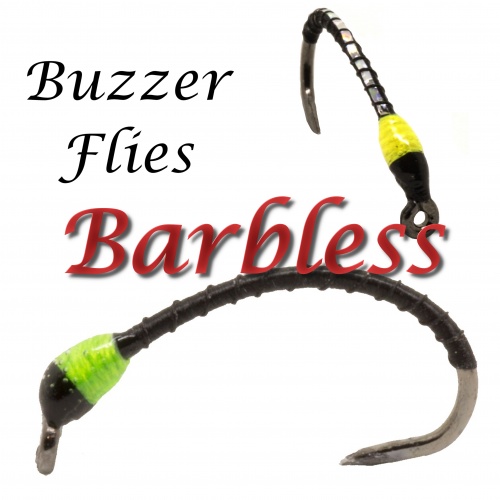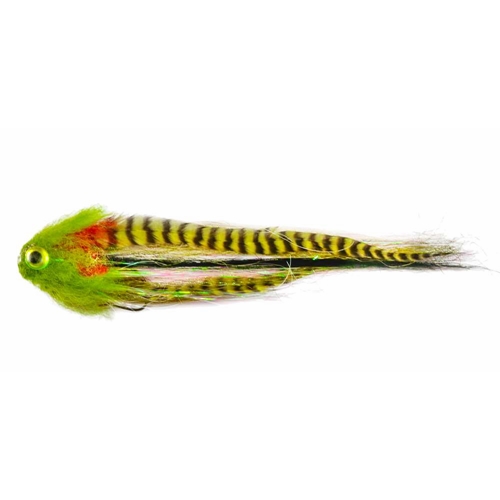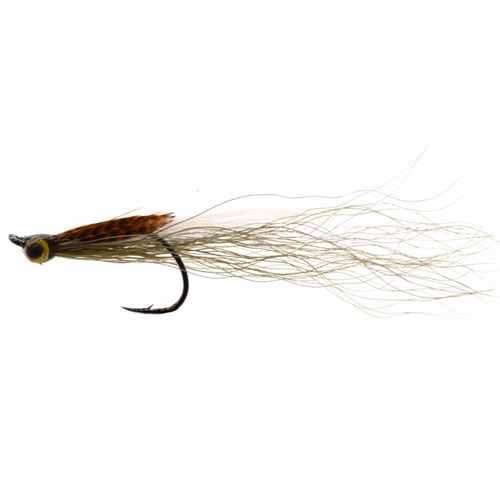 In the annals of fly fishing, most anglers would confine their sport to casting a fly to a rising fish. So puritanical were they in this approach that when rises were not apparent on the surface, they simply did not fish. Towards the end of the 19th century, G.E.M. Skues, who was a hugely successful fisherman using nymphs rather than the more conventional dry fly, stood his ground against the tide of purists who insisted that their way was the only way. Skues contended that trout fed avidly below the surface on the hatching nymph and were sometimes happier doing this rather than rise to a floating adult fly. Northern anglers who fished with wet flies upstream endorsed the argument. What Skues did was to adapt their tactics to chalkstreams and customised his nymph flies to suit the water.
In the annals of fly fishing, most anglers would confine their sport to casting a fly to a rising fish. So puritanical were they in this approach that when rises were not apparent on the surface, they simply did not fish. Towards the end of the 19th century, G.E.M. Skues, who was a hugely successful fisherman using nymphs rather than the more conventional dry fly, stood his ground against the tide of purists who insisted that their way was the only way. Skues contended that trout fed avidly below the surface on the hatching nymph and were sometimes happier doing this rather than rise to a floating adult fly. Northern anglers who fished with wet flies upstream endorsed the argument. What Skues did was to adapt their tactics to chalkstreams and customised his nymph flies to suit the water.
How all this came about comes through a story that Skues was one day fishing a badly-tied dry fly. Which immediately sank. But as soon as it went below the surface a trout took it. The trout continued to take the sunk fly time and again. The fish ignored any floating pattern. At the time Skues was not fully aware of the significance of his observation. The revelation dawned on him much later, and he chose to write about what he came to learn in his book, Minor Tactics of the Chalkstream.
Which only goes to prove that, in fly fishing, as in other aspects of life, it does not always pay to do a thing just because everyone else is doing it.




















